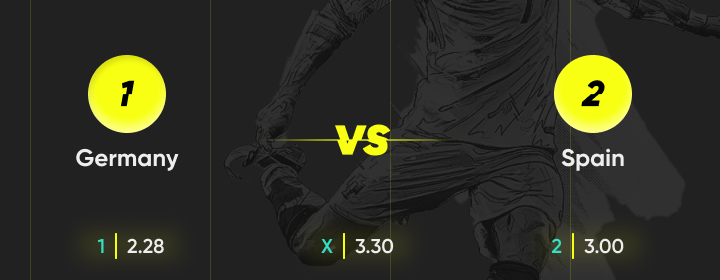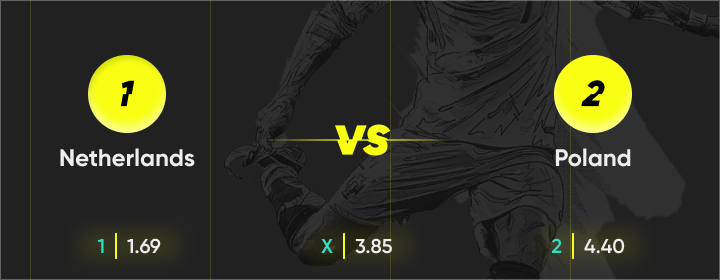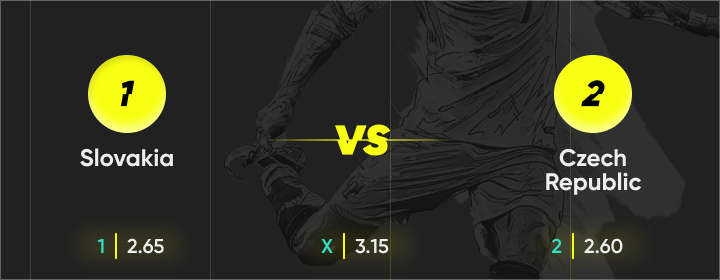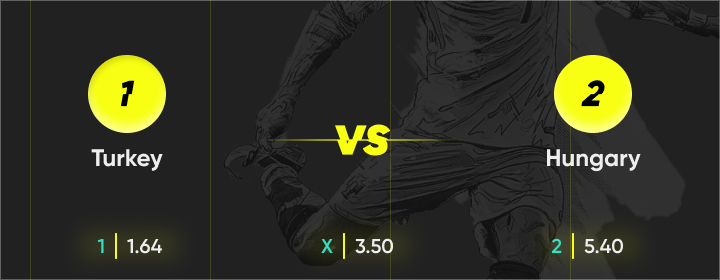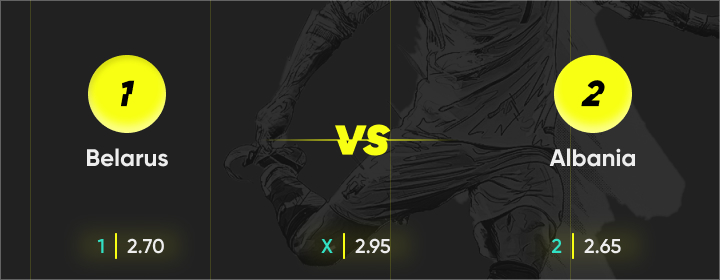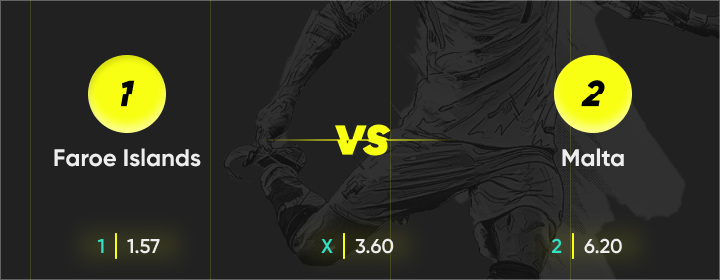Wagering against sporting events is an incredible way to liven up the game and get the adrenalin pumping. When there is money on the line, you are far more passionate about the outcome as it can either result in a financial loss or a big bucks win. If you want to feel that fire, it’s about time you downloaded the Parimatch sports betting app to place pre-match, live betting, and virtual wagers on a range of national and international sporting events.
Alas, if you don’t understand betting odds, this is going to be tricky business for you. While you can get to grips with Parimatch’s easy-to-navigate online betting app, if you don’t know how betting odds work, you’ll be struggling to place a wager at all — let alone a decent one!
What Are Betting Odds?
Betting odds are numbers that determine how risky a bet is and, therefore, the likelihood of it paying off. This is because betting odds represent “chance” or probability. Betting odds also inform you of how much real money you will win if your bet is correct. The higher the betting odds, the higher the risk, but the higher the profit as well.
While this may seem easy, there are various formats in which different betting platforms represent their betting odds. Parimatch believes in offering simplicity and straightforward service to all its users. This is why the Parimatch website and app use decimal odds by default. Decimal odds are by far the easiest odds to understand and convert into risk and return figures.
However, in our app you can also easily switch to other odds formats, such as American odds (sometimes called moneyline odds), fractional, or Hong Kong odds.
Still, other platforms might not be that user-friendly, But don’t worry, this guide will explain how all of these formats work and how to convert them to probability and return figures.
You can always see examples of odds for top sports events on the Parimatch website.
What is Implied Probability?
Betting odds can help you to determine the chance of you winning a bet. The term “implied probability” refers to the implied chance of your prediction being correct.
When betting odds appear on a betting platform, they have been determined by a bookmaker. The bookmaker’s job is to try and understand the real chance of a team or player winning an event based on historical gameplay and statistics. By looking at these stats, a bookmaker can make an educated guess on how likely it is that the team or player will win.
The betting odds are a mathematical representation of the chances of a team or player winning.
For example, a bookmaker may look at a football team and consider the following factors before determining the betting odds:
- How well does the team play overall?
- How well has the team played this season?
- How many players are injured, and who are they?
- Which players aren’t allowed to play this game due to red cards?
- How well has this team played against the opposition historically and within this season?
- Who is the referee?
- What will the weather be like?
- Is the team home or away?
- And many other important factors like this may affect the outcome of the game.
The betting odds will imply a probability of the team winning. Using the odds, you can mathematically calculate the probability (in a percentage) of the bet paying off. This percentage is known as implied probability. This article will show you how to convert betting odds to probability.
Below, you can find out how to work out the implied probability from decimal, fractional, and moneyline odds.
How Do Decimal Odds Work?
Decimal odds are the simplest form of betting odds. When it comes to understanding any format of betting odds, you will need to do some mathematical equations to determine the potential risk and possible returns of a bet.
With decimal betting odds, these equations are relatively easy. In comparison, fractional and American odds are slightly trickier to work out.
What do we mean by decimal odds? With decimal odds, your betting odds will be represented as a whole number with two decimal places, such as 1.25 or 3.55.
Take this example of a football match between Germany and Spain:
Here, the odds of Germany winning are 2.28, the odds of a draw are 3.30, and the chances of Spain winning are 3.00. These decimal numbers pertain to the amount you could win if your prediction is correct and the likelihood of that prediction being correct.
How to Work Out Potential Profit from Decimal Odds
When you are considering placing a bet, you want to know how much money you can make from that bet. Betting odds will help you to determine the amount that you can win if the prediction is correct.
Fortunately, decimal odds — the betting odds system that Parimatch uses — are the easiest odds to calculate.
To work out how much you can win from a bet, it’s a two-step process:
- Multiply your stake with the decimal betting odds
This will give you the total returns that will be paid out to you if the bet wins.
- Minus your original stake from that figure
This will give you the total profit that you will make from the bet.
Let’s illustrate this with an easy-to-follow example. Below is an upcoming football match between the Netherlands and Poland.
As you can see, the odds for the Netherlands to win are 1.69, the odds for Poland to win are 4.40, and the odds of a draw are 3.85.
If you were to place a 10,000 TZS bet on the Netherlands to win, you would multiply the odds by 10,000. This would be 1.69 x 10,000 TZS, which equals a return of 16,900 TZS. To calculate the profit from your bet, you would minus your original 10,000 TZS stake, giving you a profit of 6,900 TZS.
Now let’s look at if you were to place a 10,000 TZS bet on Poland to win. This would be 4.40 x 10,000 TZS, giving you a return of 44,000 TZS and a profit of 34,000 TZS.
A draw has odds of 3.85. A 10,000 TZS bet on a draw could potentially give you returns of 38,500 TZS and a profit of 28,500 TZS.
Easy, right?
How to Calculate Implied Probability from Decimal Odds
As explained above, the term “implied probability” refers to the chances of you winning a bet based on the prediction of the bookmaker (who has determined the odds).
By setting the odds at a certain decimal number, the bookmaker makes a professional judgment on the likelihood of this outcome occurring. The decimal odds are, therefore, a numerical representation of the chances of a prediction being correct.
With this in mind, you can work out the implied probability of your bet paying off using decimal odds on the Parimatch sports betting application. By calculating the implied probability using decimal odds, you can place smarter bets that are more likely to pay out.
To work out implied probability is super easy. It’s a one-step process that enables you to convert betting odds to implied probability as a percentage.
All you have to do to convert betting odds to percentages is to divide 100 by the decimal odds.
Let’s have a look at an example to make this a little clearer. Check out this upcoming soccer match between Slovakia and Czech Republic.
The odds of Slovakia winning are 2.65. The odds of the Czech Republic winning are 2.60. The odds of a tie between the two teams is 3.15.
If you want to calculate the implied probability of Slovakia winning, you need to convert betting odds to percentages. Divide 100 by 2.65, which gives you an implied probability of 37.7%.
Let’s look at the chances of the Czech Republic winning. Take 100 and divide it by decimal odds of 2.60, and you have an implied probability of 38.5%.
What are the chances of a draw? Well, 100 divided by decimal odds of 3.15 equals an implied probability of 31.7%.
As you can see from these figures, the Czech Republic has the highest chance of winning, but only by a fraction. A win from Slovakia is nearly as likely, whereas a draw is slightly less likely to occur.
What is the Bookmaker’s Overround?
You may have noticed that when you calculate the implied probability of outcomes in a match, that the total percentages add to more than 100%. When placing bets, this will always be the case.
But why is this? This is a phenomenon known as the “bookmaker’s overround”. An overround is the profit that the bookmaker makes from placed bets. This can be considered as a fee for the service of setting up the bet, securely holding the funds, and ensuring that returns are paid accordingly.
In the example above, the percentages (37.7%, 38.5%, and 31.7%) equal 107.9%. This 7.9% is known as the overround and is the profit that keeps the bookmaker in business.
This percentage varies per bet and per platform. However, you will find that Parimatch has the best value betting odds in Tanzania, keeping the bookmaker’s overround to an absolute minimum.
How to Determine the Favourite from Betting Odds
When placing bets, it’s important to understand who the favorite is to win the match or game.
While betting on the underdog is certainly a tactic that some people use to increase their potential winnings, it is a risky strategy. In most cases, you will be looking to bet on your favorite — especially if you are a beginner bettor.
As you saw above, the probability is implied in betting odds. Decimal betting odds enable you to calculate the implied probability of each outcome of a match or bet. But how do you determine the favorite simply by looking at the decimal odds.
The first thing you need to understand is the golden rule of betting odds:
The higher the decimal number of the odds, the higher the potential return. However, the higher the potential return, the higher the risk. Therefore, the higher the odds, the higher the risk.
High Odds = High Risk = High Returns || Low odds = Low Risk = Low Returns
In this respect, when you see betting odds on a match, the team, player, or outcome with the highest betting odds represents the riskiest bet. The team with the highest odds is the underdog. The team with the lower odds is the favorite.
Take a look at this example. Here we have an upcoming football match between Turkey and Hungary.
As you can see, the odds of Turkey winning are 1.64, whereas the odds of Hungary winning are 5.40. The odds of a draw between the two sides are 3.50.
From simply looking at these figures, you can see that Turkey is the favorite to win, whereas Hungary is the underdog.
The potential of a tie is more likely than a win for Hungary, as the odds of a tie are lower than the odds of Hungary winning.
Simply put, it is most likely that Turkey will win, so they are the favorite, as they have the lowest odds.
The second most likely outcome is a draw, as this has the second lowest odds.
A win for Hungary has the highest odds, making it the least likely outcome. This makes Hungary the underdog.
If you were looking to place a bet on this match, the outcome most likely to occur would be a win for Turkey. If you bet on Turkey, you would bet on the favorite to win.
How to Determine the Clear Favourite From Betting Odds?
Now you know how to work out which team is the favorite and which is the underdog, it is a good idea to know how to look for clear favorite teams.
Teams that are considered the clear favorite are the teams that are most likely to win easily. In some matches, two teams are evenly matched. While one may be the favorite, the margin between them and the underdog is slim. This means the match could go either way.
When betting on a favorite, you want to make sure that the favorite is highly likely to win. In this respect, you want to pick a favorite that is clearly better than the other team. But how do you determine this from the odds?
Firstly, let’s take a look at the odds from two evenly matched sides. Check out this upcoming match between Belarus and Albania.
As you can see, Albania is the favorite as they have the lowest odds. Belarus has higher odds than Albania so they are the underdog.
However, when we look at the odds, we can see that they are very close to one another. The odds of Albania winning are 2.65, while the odds of Belarus winning are 2.70. Equally, the odds of a tie are very close too, at only 2.95.
When you try to work out which is the stronger side, you are looking for two things. Firstly, look for odds where there is a clear discrepancy in betting odds between the favorite and the underdog. Secondly, look for high betting odds on the draw result, as this means a draw is unlikely.
In this circumstance, the odds are close together on all results, and the odds of a draw are quite low. From simply looking at the decimal odds, you can see that this signals that the match could result in any of the three options.
When you deep dive into the implied probability, you will see that the chances of each outcome are very similar:
- Albania to win – 37.7%
- Belarus to win – 37%
- A draw – 33%
As you can see, there is a favorite here, but only by 0.7%. That’s, by no means, a clear favorite.
In contrast, let’s look at this example of an upcoming soccer match between The Faroe Islands and Malta.
As you can see, the odds of The Faroe Islands winning are 1.57, compared to betting odds of 6.20 for Malta to win. The odds of a draw are 3.60.
When you compare The Faroe Islands’ odds of 1.57 to Malta’s odds of 6.20, you can see that The Faroe Islands are clearly the favorite. The Faroe Islands have low odds compared to Malta’s very high odds. In this respect, it is very likely that The Faroe Islands will win over Malta.
Let’s check with the implied probability:
- Faroe Islands to win – 63.7%
- Malta to win – 16.1%
- A draw – 27.8%
As you can see, The Faroe Islands are nearly four times more likely to win than Malta, making The Faroe Islands the clear favorite.
Conclusion
Now that you have a general understanding of sports betting odds, you are way closer to placing educated and successful bets. However, there are even more hints to learn to enhance your skills! Be sure to check out more of our guides dedicated to betting odds:
- How to Read and Calculate Sports Betting Odds
- How to Convert Betting Odds
- How to Find the Best Betting Odds — Tips and Strategies
Still, if passion calls you to start betting right away, do not hesitate. After all, nothing helps learn better than practice. Visit our website to place your bets today!
FAQ
What are betting odds?
Betting odds are the chances assigned to a particular outcome occurring in an event. These odds are expressed as a numerical value and indicate the likelihood of the outcome. This numerical value is typically expressed as a fraction or decimal, with higher numbers indicating a greater likelihood of the outcome occurring.
How do decimal odds work?
Decimal odds, also known as European odds, express the amount of money that can be won from a bet. They are expressed as a decimal number greater than 1 and represent the total amount paid out if the bet is successful. For example, if you bet $100 on a bet with decimal odds of 2.00, you would win $200 if the bet is successful.
What is the bookmaker’s overround?
The bookmaker’s overround, also known as the margin or edge, is the difference between the actual odds of an event and the perceived odds of the same event. The bookmaker’s overround is calculated by taking the odds of all possible outcomes of an event and then subtracting 1. For example, if the odds are 3.00, the bookmaker’s overround would be 2.00 (3.00-1.00).
How to determine the favorite from betting odds?
Betting odds can be an important indicator of which outcome is the favorite in any particular event. To determine the favorite from betting odds, look at the odds for each potential outcome and compare them. Generally, the lower the odds, the higher the likelihood that the outcome will be the favorite.


